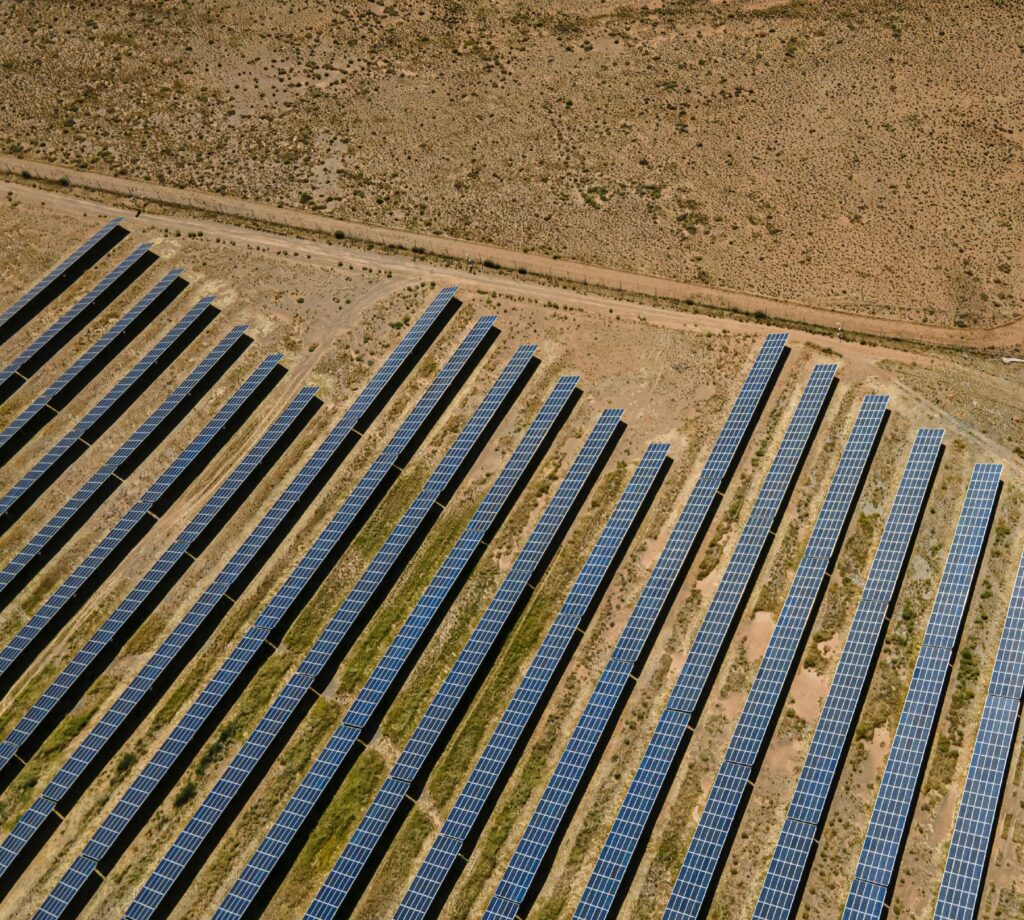Inflation in the United States is on the rise!

Consumer prices in the United States surged to a new high last month, the highest in nearly 40 years.
According to Labor Department figures, inflation increased in November, with the Consumer Price Index up 0.8 %, up 6.8 % from the same month the previous year.
Inflation lowers the purchasing power of money when prices of goods and services rise.
It permits most people to live in a bubble, believing they are making money when, in reality, inflation is eating away at their savings.
In November, the so-called core price index, which excludes the often-volatile categories of food and energy, rose 4.9 % from the previous month. This was a larger increase than the 4.6 percent increase in October, and it was the highest rate since 1991.
The November pricing trend occurred before the Omicron form emerged, posing a fresh threat from the pandemic, which is now in its second year.
At his Democracy Summit on Friday, President Biden said that the country hasn’t seen prosperity like this in 60 years, but that inflation is wreaking havoc on people’s lives. The fact that [Build Back Better] cuts expenses for ordinary people is one reason why economists believe it will reduce inflation.
Food businesses such as Campbell Soup, Kraft Heinz, and Mondelez have all announced price increases on commodities such as soup, macaroni and cheese, crackers, and cookies, which can be found in grocery stores aisles.
Inflationary pressures have caused chaos in Americans during the holiday season.
As a result, Bibi, a cleaner in Harlem, New York, has been forced to cut back, buying only one dinner to split with her 27-year-old son. She stated that they have no other option and that she cannot afford to cook.
She said, “I take a little bit then I give him more because a mother is always going to do that for her child.’’
President Biden is under pressure from rising inflation as he tries to approve his $1.9 trillion (£1.4 trillion) social spending program.
Price increases are hitting some regions of the country more than others, with the south and mid-west being the hardest hit.













